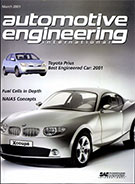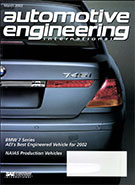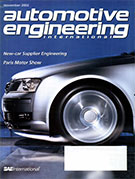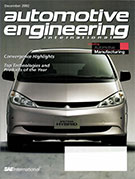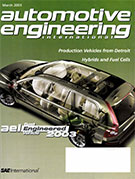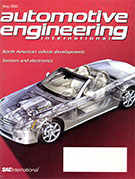Magazine
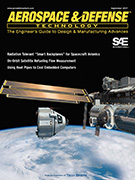
Aerospace & Defense Technology: September 2017
2017-09-01
On-Orbit Satellite Refueling Flow Measurement The Path from Concept to Operational Status Radiation Tolerant "Smart Backplanes" for Spacecraft Avionics Using Heat Pipes to Cool Embedded Computers Electronically Dimmable Aircraft Windows How do you block the light of the sun? Eliminating Electrical Arcing in Satellite Systems NASA Miniaturizes Century-Old Radio Sounder Technology Developing an Airborne Optical Systems Testbed (AOSTB) New Class of Excimer-Pumped Atomic Lasers (XPALS) Research demonstrates the viability of an atomic laser having a quantum efficiency greater than one. Hydrodynamic Drag Force Measurement of a Functionalized Surface Exhibiting Superhydrophobic Properties Comparing the skin friction drag effects of a superhydrophobic flat plate to an untreated flat plate of the same material and geometry.
